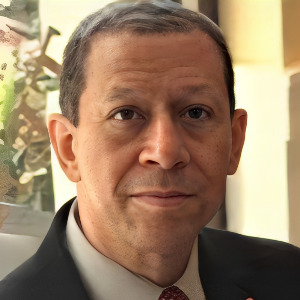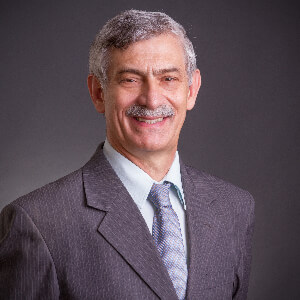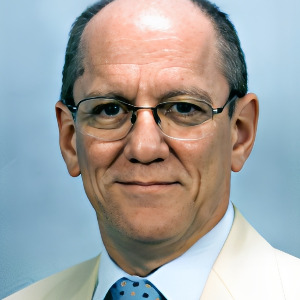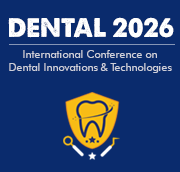Jaw Surgery
Jaw surgery is a specialist area of dentistry that can involve a variety of complex procedures to realign the patient's jaws. The main aim of jaw surgery is to restore function and form as well as aesthetics to the patient's jaw structures. Jaw surgery is also known as Orthognathic Surgery, and it can be used to treat both upper and lower jaw abnormalities. Such abnormalities can affect the patient's profile, their ability to chew, speak, and even breath. Jaw surgery helps restore the patient's jaw alignment whilst also providing aesthetic improvements. Jaw surgery can be performed to correct or improve the following conditions:
Underbite
Overbite
Malocclusion
Insufficient jawbone Infection in the temporomandibular joint
Rhinoplastic reconstruction
Jaw surgery takes place under a general anaesthetic and can involve a range of techniques depending on the patient's individual needs. These can include a combination of trimming, reshaping, and repositioning the patient's jaw structures. Some jaw surgery will involve the use of plates, pins, and wires to accurately fix the jaw in place to ensure the correct position is maintained during the healing process. Following the surgery, the patient will be closely monitored during their recovery period either in the hospital or clinic. It's important to adhere to all post-operative instructions given to ensure the best outcome is achieved. The healing process for jaw surgery can take between several weeks to several months, and the patient may be required to wear a brace or splint to help protect the jaw whilst it heals. All in all, jaw surgery is a highly specialised area of dentistry that can help restore the patient's function and form as well as their facial aesthetics. Whilst all surgeries have a degree of risk, jaw surgery is an extremely precise procedure carried out by highly professional dentists and surgeons. If you are in need of jaw surgery, it is important to seek the advice of a specialist dentist.

David Geoffrey Gillam
Queen Mary University of London, United Kingdom
Zvi Loewy
New York Medical College, United States
Khamis A Hassan
Global Dental Research Centre, Canada
Laurindo Moacir Sassi
Erasto Gaertner Hospital Cancer Center and Mackenzie Evangelical University Hospital, Brazil
Arnaldo Castellucci
Dr. Castellucci MD, DDS, Italy
Yasser Khaled
Marquette University, United States



Title : Efficacy of a biomin F toothpaste compared to conventional toothpastes in remineralisation and dentine hypersensitivity: An overview
David Geoffrey Gillam, Queen Mary University of London, United Kingdom
Title : Knowledge and attitudes of dental professionals in the evaluation of Molar Incisor Hypomineralisation (MIH): Awareness, diagnosis and treatment approaches: An overview
David Geoffrey Gillam, Queen Mary University of London, United Kingdom
Title : The coordinated triad of spatial temporal and biomechanical strategies managing the where when and how of shrinkage stress in bulk fill resin composite restorations
Khamis A Hassan, Global Dental Research Centre, Canada
Title : Dental treatment of 1500 young children under general anesthesia
Jaap Boehmer, Rijnstate Hospital, Netherlands
Title : Enhancing root canal success strategic use of orifice opener one step synthesis gels orifice barriers
Emmanuel Samson, Consultant Total Dental Care, India
Title : Importance of clinical pharmacokinetics of medications in the postoperative period of patients undergoing dental surgical procedures
Vitoldo Antonio Kozlowski Junior, Ponta Grossa State University, Brazil